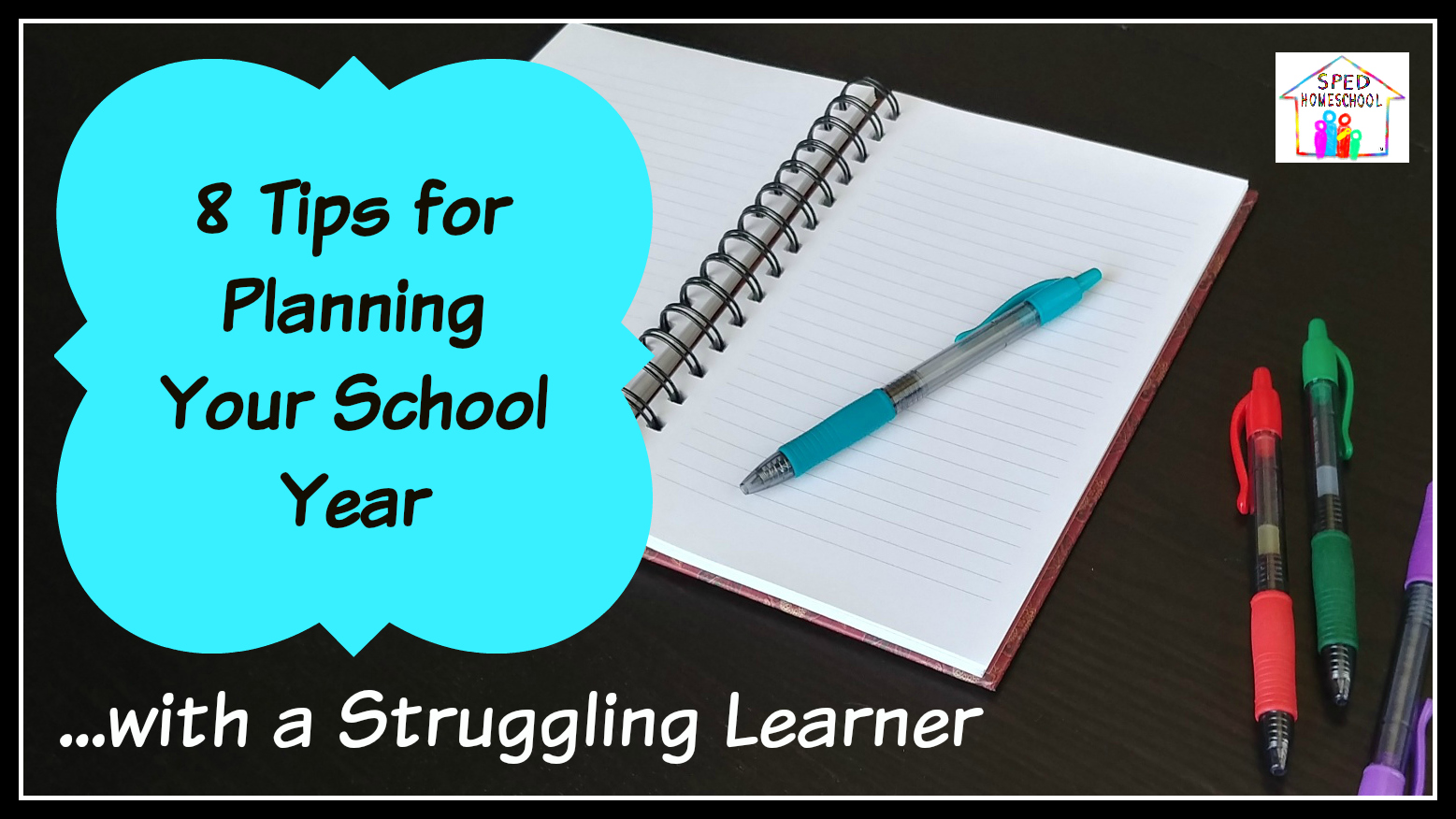
You’ve been staring at the paper for what seems like hours. It answers your questions, but now there are so many more.
1. What are the specific needs of my child?
-
Testing shows specific areas of strength and weakness in our kids. The diagnosis is a jumping off point, a road map of where you are with goals of where to go.
-
Do you understand the diagnosis? It’s up to the diagnostician to explain the results. Many people leave the meeting not understanding what to do or where to go. There are people who can help. The Thinking and Learning Center and other SPED Homeschool partners offer consultation to help you decipher the results.
-
Make a list of the specific areas where your child is struggling and what type of help you want for those issues. Be sure to also list the areas of strengths!
2. What are my boundaries?
Before you start any therapy, take a realistic look at where you are and what you can do. Therapy needs to be taken seriously by the child and the parents.
-
Will be there be work to do between appointments?
-
What is the time commitment, for actual therapy and driving?
-
What costs are involved?
List what you are willing to do and what you can not afford to do, financially, time-wise, with travel, or emotionally.
If you find a program you want to pursue, but think it is outside your set limits, ask the provider if there is something they can do to help you stay within your desirable boundaries. Some places offer payment plans or financial breaks to offset their costs. It doesn’t hurt to ask!
3. What aspects of this program would work for my child and which would not?
-
Make a list of what you want to get out of a program. Does the specific program offer it?
-
Put the list of your child’s needs next to the attributes of the program and write down what part of the program would specifically help each issue.
-
Are there any issues that the testing showed, or any that you or your student want addressed that is not in the program? Ask the teacher/therapist if the issue is addressed and how.
Before starting any program, make sure it is the right one for your child. You want a program that will set goals and reevaluate those goals periodically. Once your find a program, trust it. Some programs or issues take time for results to show. Be patient and keep in contact with your child’s therapist.





